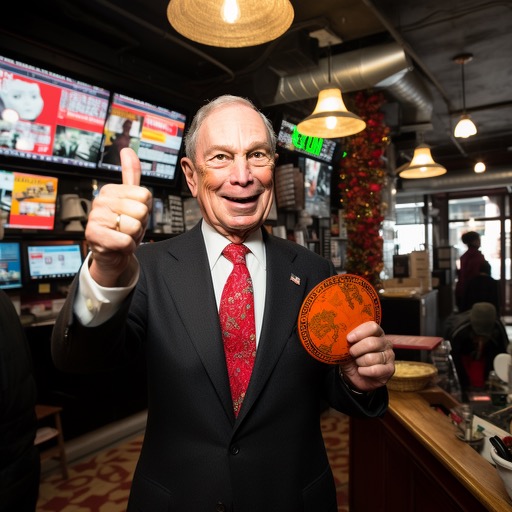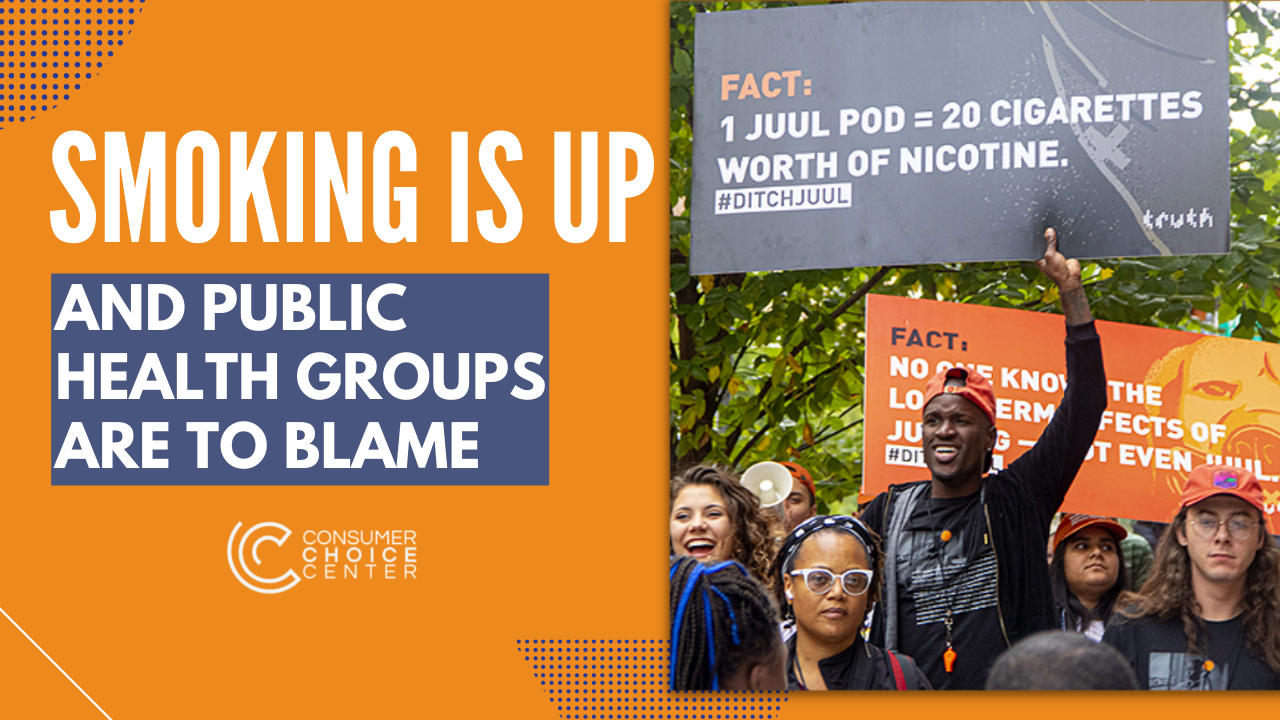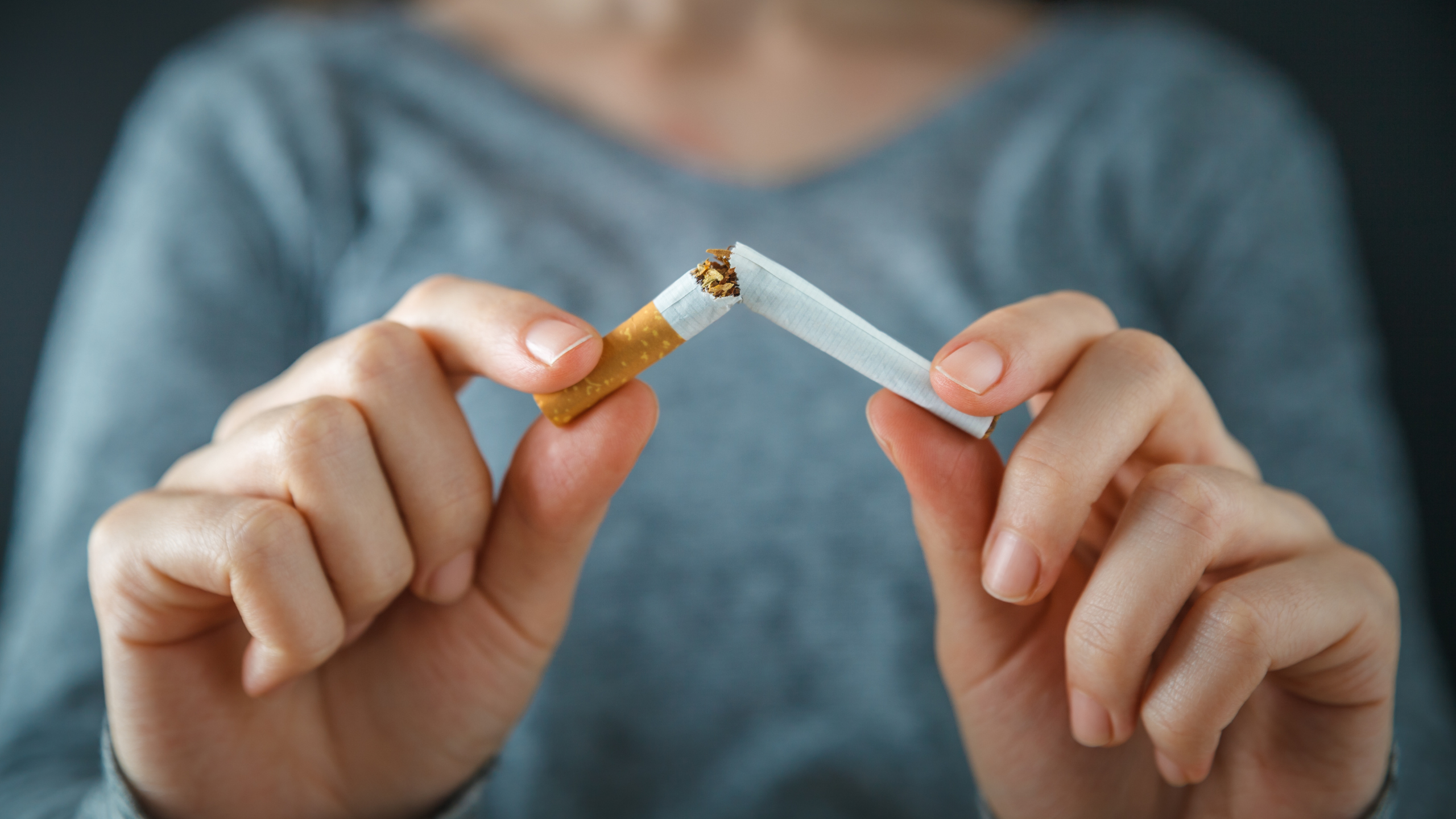
BANGKOK, TH – Last week, the Thai House of Representatives approved a report proposing three potential approaches to regulating vaping and heated tobacco devices, reinforcing the existing ban, regulating HTPs while...

Right after the 2024 election, Tucker Carlson ramped up the promotion of his new nicotine pouch product, prompting Elon Musk to weigh in on the conservative host’s challenge to Zyn...

Donald Trump has been elected to return to the White House in an overwhelming election against Vice President Kamala Harris. Many factors drove the US electorate toward supporting Trump-Vance, among...

Introduction Despite initially embracing vaping technology, numerous U.S. state governments are increasingly imposing stringent restrictions on flavored nicotine vaping devices. Only a handful of states—Alaska, North Dakota, and Tennessee—maintain fully...


For years, we’ve covered the extent of former New York City mayor Michael Bloomberg’s multi-million dollar campaigns to try to shape the lives of ordinary consumers. What began as an...

Washington, D.C. – The Food & Drug Administration is reportedly set to deny Juul’s pre-market authorization applications, which would effectively ban all Juul nicotine vaping products in the United States. The Consumer Choice Center...

By Yaël Ossowski As a consumer advocate enamored with technology, there is nothing more satisfying than seeing a new product or service providing a solution to an old problem. The...

By Yaël Ossowski It often takes a long time for health policy influencers, advocates, and proponents to admit fault. When it is about topics such as diet fads, saturated fats,...

Introduction Smoking is one of the leading causes of illness and death in the world. More than eight million people die each year due to smoking, with almost 99% of...

Tobacco Harm Reduction Tobacco use is the leading preventable cause of cancer and cancer deaths. About 3 in 10 cancer deaths are caused by cigarette smoking. Quitting tobacco use at...

In the backdrop of a very busy Congress, members of the U.S. House are pushing a bill that would eradicate entire categories of flavored nicotine products. This sweeping ban would...